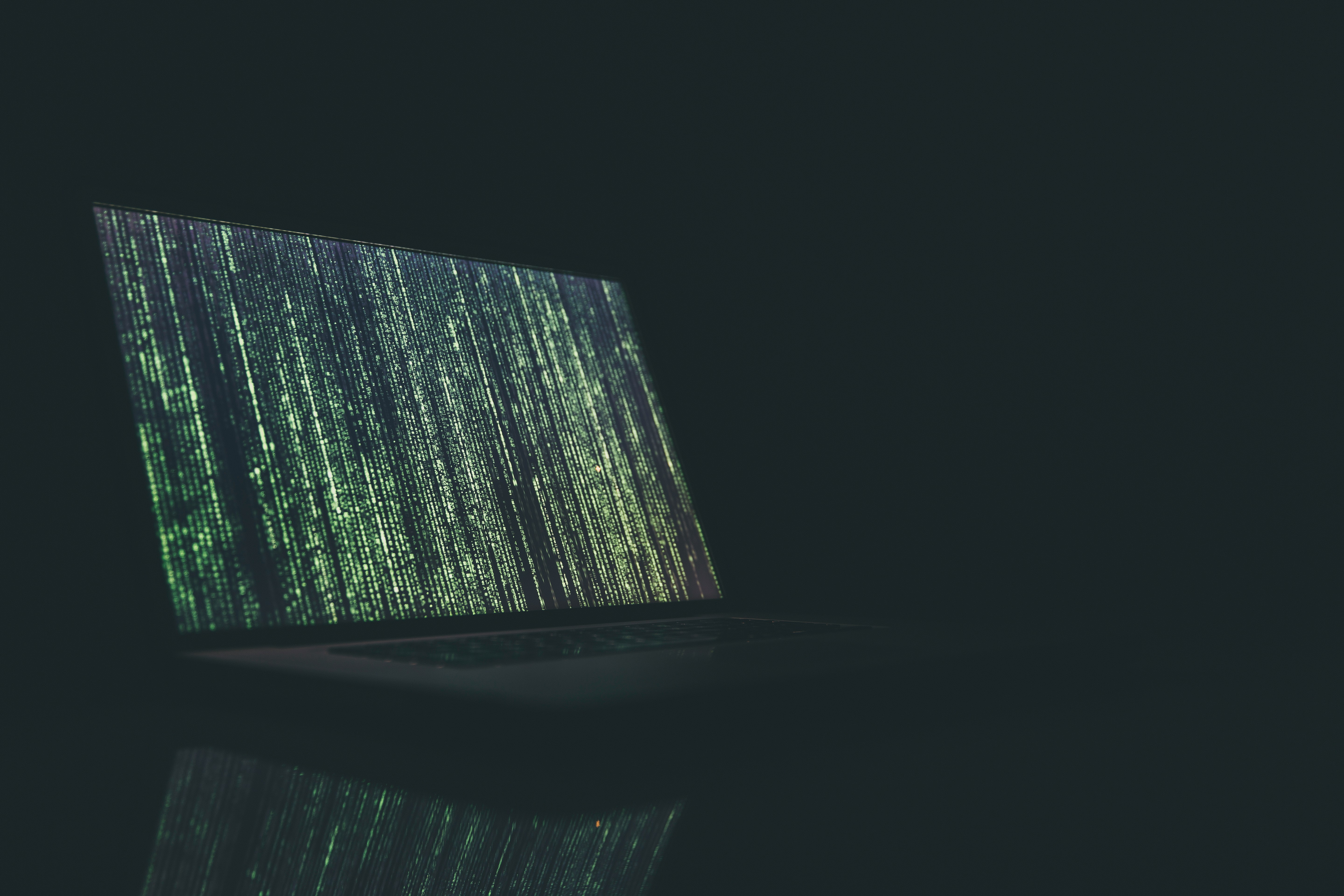· guides · 3 min read
Safeguarding Your Digital Realm: Security Best Practices Unveiled
Discover essential IT troubleshooting techniques with our guide. Learn systematic steps to resolve software glitches, hardware issues, and connectivity problems. Improve your IT skills for efficient problem-solving and enhanced system understanding

In an era dominated by digital interactions, safeguarding your digital environment is paramount. This article delves into essential security best practices, covering cybersecurity measures, password management, and guidelines for maintaining a secure digital landscape. By adopting these practices, users can fortify their online presence and protect sensitive information from threats.
1. Cybersecurity Measures
Cybersecurity is a multidimensional approach to protecting digital assets from unauthorized access, attacks, and damage. Here are vital measures to enhance your digital security:
Use Reliable Antivirus Software
Employ reputable antivirus software to detect and remove malware, viruses, and other malicious threats.
Keep Software Updated
Regularly update operating systems, applications, and security software to patch vulnerabilities and strengthen defenses against emerging threats.
Enable Firewalls
Activate firewalls on both hardware and software levels to monitor and control incoming and outgoing network traffic.
Implement Multi-Factor Authentcication (MFA)
Add an extra layer of security by enabling MFA, which requires users to provide multiple forms of identification before accessing accounts.
2. Password Management
The strength of passwords directly impacts the security of your accounts. Follow these guidelines for effective password management:
Create Strong, Unique Passwords
Develop complex passwords using a mix of uppercase and lowercase letters, numbers, and symbols. Avoid easily guessable information.
Use a Password Manager
Employ a reputable password manager to securely store and generate unique passwords for each account. This eliminates the need to remember multiple complex passwords.
Change Passwords Regularly
Rotate passwords periodically to reduce the risk of unauthorized access. Avoid using the same password across multiple accounts.
Beware of Phishing Attempts
Be cautious of phishing emails or messages attempting to trick you into revealing passwords. Verify the authenticity of requests before providing any login information.
3. Guidelines for a Secure Digital Environment
Maintaining a secure digital environment involves adopting responsible practices to protect sensitive information. Consider the following guidelines:
Encrypt Sensitive Data
Encrypt sensitive files and communications to ensure that the data remains unintelligible even if unauthorized access occurs without the proper decryption key.
Regularly Backup Data
Create regular backups of important data to mitigate the impact of potential data loss due to cyberattacks, hardware failures, or other unforeseen circumstances.
Educate Yourself and Others
Stay informed about cybersecurity threats and educate colleagues, friends, and family about best practices. Awareness is a powerful tool in preventing security breaches.
Secure Wi-Fi Networks
Protect your home and office Wi-Fi networks with strong passwords and encryption. Regularly update router firmware to patch vulnerabilities.
Integrating these security best practices into your digital routine fortifies your defenses against cyber threats. Remember, cybersecurity is an ongoing commitment, and staying vigilant is critical to maintaining a secure digital environment in an ever-evolving landscape.